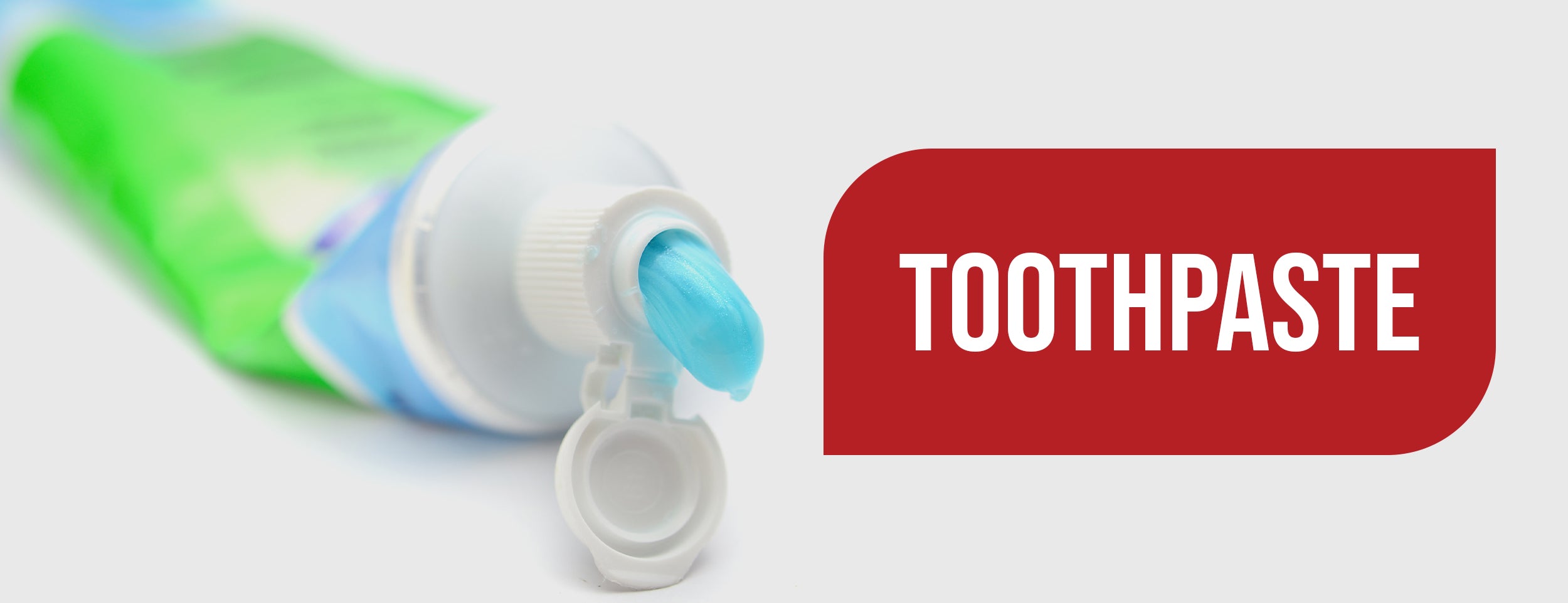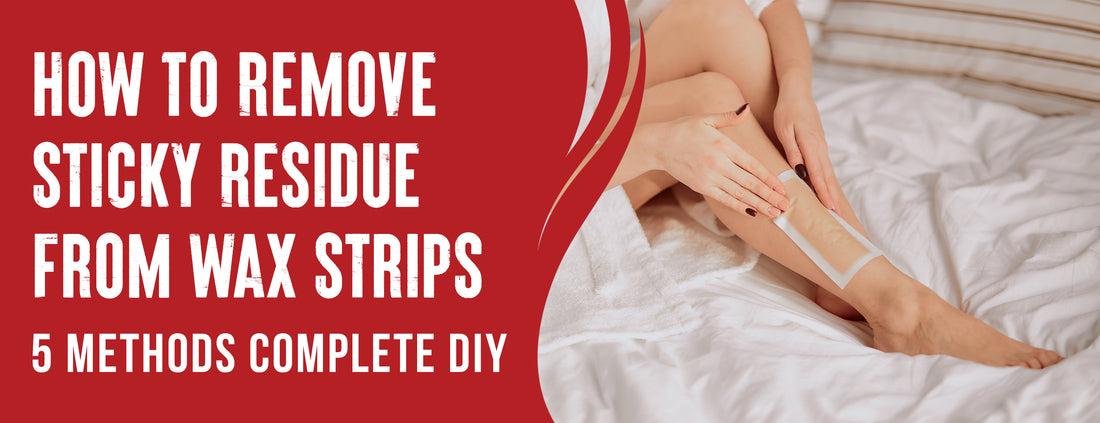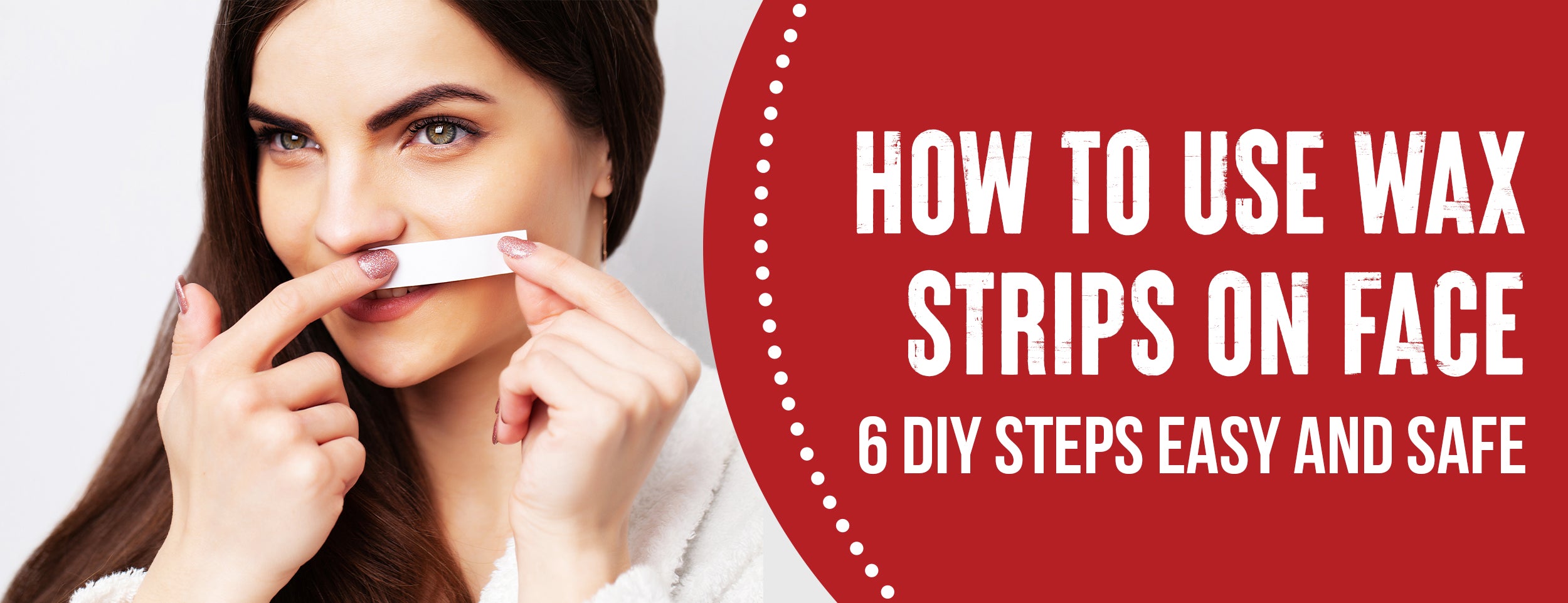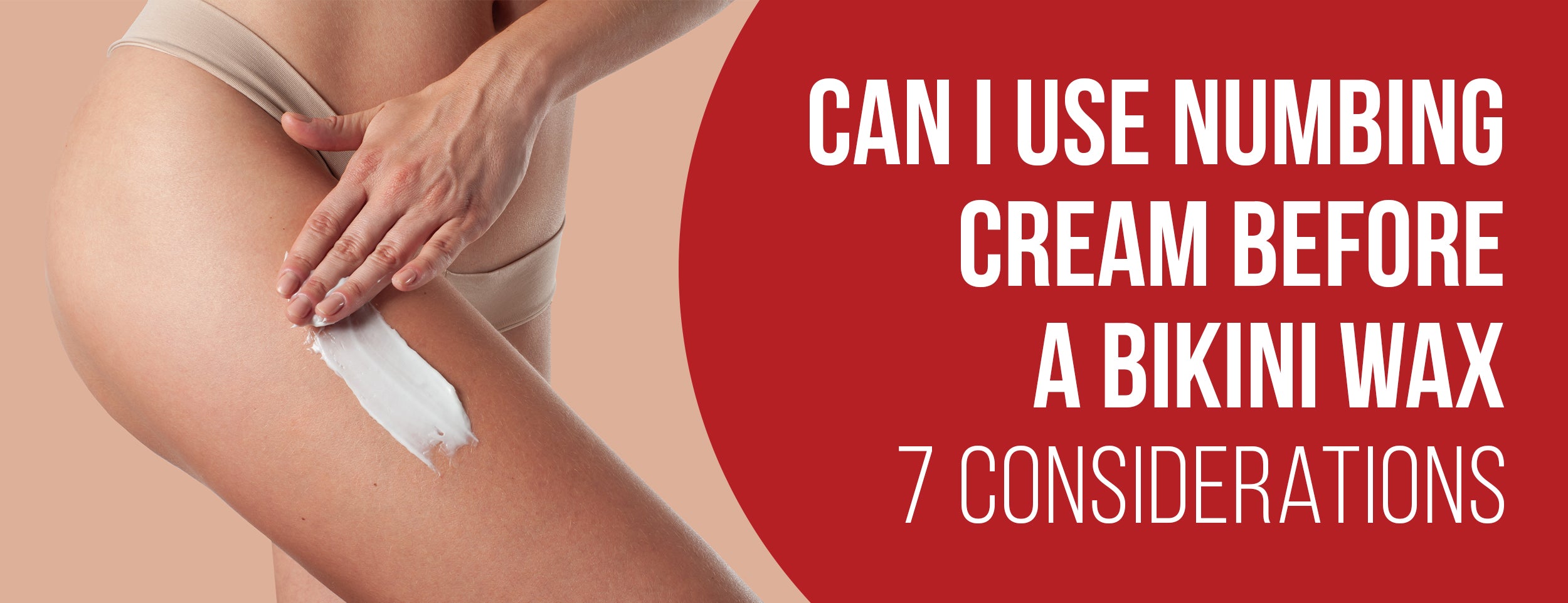Waxing often leaves behind a stubborn sticky residue. Not only is it frustrating to deal with, but leaving the sticky residue on your skin can lead to irritation, discomfort, and even ingrown hairs if you're tired of sacrificing your skin's health for silky-smooth skin
Dip a cotton pad in warm mineral, massage, or olive oil to remove sticky residue from wax strips. Place the soaked pad on the rubble for about two minutes until it's saturated. With a clean cotton pad, wipe off the residue.
This blog post will explore natural ways to remove wax strip residue, such as using olive oil, vinegar, baking soda, and toothpaste. Learn about their benefits and safety compared to chemical solvents.
How To Remove Sticky Residue From Wax Strips: 5 Methods

You can turn to everyday household items for help when dealing with stubborn sticky residue. These methods provide safe and effective solutions for removing unwanted residue from surfaces like olive oil, vinegar, and toothpaste.
With this detailed guide, you'll learn the benefits and application of each method, ensuring you're well-prepared to handle any sticky situation with confidence.
Olive Oil
Removing sticky residue left behind by wax strips can be daunting, but with the proper methods, you can make it a breeze. One effective way of removing sticky residue is by using olive oil. Here's how:
- Dip a soft cloth into a small bowl of olive oil. Ensure that the fabric is not dripping with oil.
- Rub the cloth gently over the sticky residue area until the surface is well covered with oil.
- Make sure the oil sits for a while, preferably 5-10 minutes. A strong adhesive bond can be broken down this way.
- Using another clean cloth, wipe off the olive oil; the residue should come off quickly. Repeat the process until the residue is obliterated.
Tips For Removing Stuck Residue With Olive Oil
For sticky residue, follow these tips to ensure that the olive oil removes the residue effectively:
- Use generous quantities of olive oil and allow it to sit for a more extended period,preferably overnight.
- Plastic scrapers or spatulas can scrape off the residue gently.
- Hot water and soap wash off the remaining olive oil and residue.
Benefits Of Using Olive Oil
Using oil for residue removal comes with various benefits over traditional chemical-based solvents, including:
- Eco-Friendly: Olive oil is a natural and non-toxic product, making it a great eco-friendly alternative to chemical solvents.
- Safe: Traditional chemical solvents can be harsh and harm your lungs, skin, and eyes. In contrast, olive oil is gentle on your skin and safe to use.
- Versatile: Aside from removing residue, olive oil can also be used for cooking, moisturizing your skin, and other health benefits.

Rubbing Alcohol
Water- and oil-based substances can be dissolved with rubbing or isopropyl alcohol. The sticky residue left after using wax strips is usually oil-based, and rubbing alcohol can easily break and dissolve it. Rubbing alcohol removes the residue by evaporating the solvent, leaving the area clean and free from stickiness.
Effective ways to use rubbing alcohol
- Test the rubbing alcohol on a small skin patch to ensure you are not allergic to it.
- On a cotton ball or pad, apply a small amount of rubbing alcohol.
- Gently rub the cotton ball/pad over the sticky residue area, using back-and-forth motions, until the residue dissolves.
- Thoroughly rinse the area with water to remove any excess rubbing alcohol.
- Clean a towel and pat the area dry.
Rubbing alcohol safety precautions:
While rubbing alcohol is a versatile and easy-to-use solvent, it is essential to take proper precautions. Below are some safety guidelines that you should follow when using rubbing alcohol.
- Keep the rubbing alcohol bottle out of reach of children and animals.
- Always use rubbing alcohol in a well-ventilated area.
- Avoid inhaling rubbing alcohol fumes, as they can be harmful.
- Do not use rubbing alcohol near heat sources or open flames.
- If you accidentally ingest rubbing alcohol, seek medical attention immediately.
Baking Soda

With its high pH level, baking soda, or sodium bicarbonate, is an effective natural cleaner for removing grease and grime. When mixed with water, baking soda creates an alkaline solution that can break down glue and adhesive residue, leaving surfaces clean and residue-free.
Effective ways to use Baking Soda
- Mix 1 tablespoon baking soda with 1-2 tablespoons of water to create a thick paste.
- Apply the baking soda paste to the sticky residue from the wax strips.
- Let the paste sit on the residue for 5-10 minutes. Baking soda paste will penetrate and break down residue this way.
- Scrub the residue away with a soft-bristled brush, such as a toothbrush or a cloth. The baking soda paste should effectively dissolve the wax residue, making removing it easier.
- Clean the area with a clean cloth after rinsing it with water.
Benefits of Using Baking Soda
- Baking soda is natural and non-toxic, making it a safer option for our health and the environment.
- It is a multi-purpose cleaner that removes stains and residues, including those left behind by wax strips.
- Chemical-based solvents can be harsh and corrosive, causing damage to surfaces and potentially harming our health if ingested or inhaled.

Vinegar
Vinegar contains acetic acid, which breaks down chemical bonds in the sticky residue, enabling its removal. The acidic content of vinegar also makes it an effective degreaser, which is useful for removing wax residue from the skin. When vinegar comes into contact with the residue, it dissolves the bonds, making the residue easier to remove.
Safety Precautions to Take When Using Vinegar
Even though vinegar is safe, you should still take some basic precautions. When using vinegar, follow these safety tips:
- Wear gloves: Vinegar can irritate the skin, so wear gloves when using it to remove residue.
- Ventilate the room: Vinegar has a strong smell that can be overwhelming, so it is important to ventilate the room to prevent the buildup of fumes.
- Avoid using vinegar on porous surfaces: Vinegar can damage some surfaces, so it is best to avoid porous surfaces like marble or granite.
Tips for Using Vinegar Effectively
To ensure that you get the best results when using vinegar for removing wax strips, here are some tips to follow:
- Dilute the vinegar: Diluting vinegar with water can increase its effectiveness. Mix vinegar with equal parts water to make it more effective.
- Vinegar sits: Allow the vinegar to sit on the residue for a few minutes before wiping it away. This allows the acid to break down the bonds of the residue, making it easier to remove.
- Be patient: Removing sticky residue can be tedious, so be patient and persistent when using vinegar. It may take a few tries to remove all the residue.
Toothpaste

For removing sticky residue left behind from wax strips, toothpaste can be a very effective alternative to traditional chemical-based solvents. Not only is toothpaste readily available in most households, but it also contains several beneficial properties that make it an excellent choice for removing waxy residue.
Benefits of Using Toothpaste
There are several benefits of using toothpaste to remove sticky residue, including:
- Cheap and widely available: Toothpaste is a common household item that almost everyone has in their bathroom cabinets, making it an affordable solution for removing residue.
- Safe: Since toothpaste is designed for oral use, it is safe to use on the skin since it does not contain harsh chemicals that damage the skin's surface or cause skin irritation.
- Natural Abrasive Properties: Toothpaste contains mild abrasives that are effective in gently scrubbing away stubborn residue, causing no damage.
Tips for Using Toothpaste Effectively
Now that we have established the benefits of using toothpaste, let's dive into how you can use it to remove wax residue effectively. You will need toothpaste, warm water, a soft cloth, or a sponge.
- Warm water can dampen a soft cloth or sponge, and the excess wax can be gently wiped away with the cloth or sponge. excess wax residue.
- Squeeze out a small amount of toothpaste onto the soft cloth or sponge.
- Apply the toothpaste to the affected area and gently rub it in circular motions.
- Let the toothpaste sit for a few minutes before rinsing with warm water.
- If any residue remains, dampen a cloth or sponge.
- Repeat the process if necessary until all the wax residue has been removed.

Conclusion
Nobody wants to trade in comfort for beauty, and with our tips for removing sticky residue from wax strips, you won't have to. Whether you opt for olive oil, rubbing alcohol, baking soda, vinegar, or toothpaste, your skin will be healthy and radiant.
So, the next time you have pesky residue after waxing, try one of our natural solutions and watch the sticky residue disappear in no time. We'd love to hear your tips on removing sticky residue from our community. Your input could be the key to helping others achieve silky smooth legs without the side effects. Happy waxing.











